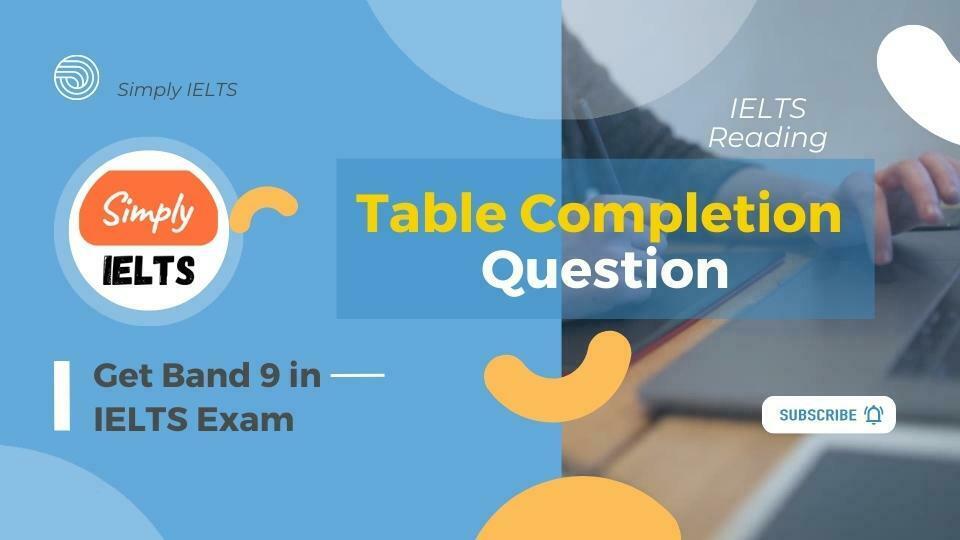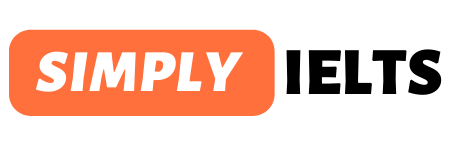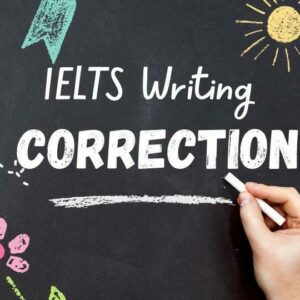Table completion question on IELTS Reading section

For most students, the table completion in the IELTS reading section is not that difficult to do. However, some find it very confusing.
They get answers wrong even though they might be aware of the traps in this question type. The important thing for students is to watch out for surprises and they will be able to achieve excellent scores in this question type.
To solve this question, start by reading the question to gain a sense of what it is about. Then, read the row and the column header of the missing cell.
This helps to locate where the final answer may be. Locate the potential sentence or lines in the passage that contain the column and the row header. Please note that the information regarding the final answer can be given directly or indirectly.
Format of the Table Completion question on IELTS Reading
This question type gives you a passage with a summary in the form of a table. You are required to fill out the missing information in the table from the passage itself. The number of words that you cannot exceed will be mentioned in the question.
How to solve Table Completion in the IELTS Reading section?
To solve the table completion question type, we start by taking a sample passage:
For maximum dung burial in spring, summer and autumn, farmers require a variety of species with overlapping periods of activity. In the cooler environments of the state of Victoria, the large French species (2.5 cms long), is matched with smaller (half this size), temperate-climate Spanish species. The former are slow to recover from the winter cold and produce only one or two generations of offspring from late spring until autumn. The latter, which multiply rapidly in early spring, produce two to five generations annually. The South African ball-rolling species, being a sub-tropical beetle, prefers the climate of northern and coastal New South Wales where it commonly works with the South African tunneling species. In warmer climates, many species are active for longer periods of the year.
Question 9 – 10
Complete the table below.
Choose NO MORE THAN THREE WORDS from the passage for each answer.
Write your answers in boxes 9-13 on your answer sheet.
| Species | Size | Preferred climate | Complementary species | Start of active period |
| French | 2.5cm | Cool | Spanish | Late Spring |
| Spanish | 1.25cm | 9…… | 10….. |
Solving the first Table completion question
Starting, we look at the table above and understand the information that it is conveying. We see that the table gives specific information about a species such as its size, preferred climate, complementary species and the start of the active period.
We then see under which column and row do the missing information lie. The first question is under the column header of the preferred climate and in the row header of Spanish. This is important as it helps us to identify where the potential answer might be in the passage.
We now scan the passage for potential answer locations by using the column and the row header and find the following sentence: ‘In the cooler environments of the state of Victoria, the large French species (2.5 cms long), is matched with smaller (half this size), temperate-climate Spanish species.’ As seen from the sentence, the answer to the first question is ‘Temperate’.
Solving the second Table completion question
Let’s solve a second question to make things clearer. The number of generations per year from the Spanish species is missing. Using this, we find the following lines- ‘.
In the cooler environments of the state of Victoria, the large French species (2.5 cms long), is matched with smaller (half this size), temperate-climate Spanish species. The former are slow to recover from the winter cold and produce only one or two generations of offspring from late spring until autumn. The latter, which multiply rapidly in early spring, produce two to five generations annually’
From the above lines, we see that the Spanish species multiply rapidly in early spring. Therefore, the answer to the second question is ‘Early spring’.
Purpose of the Table Completion question
This question type tests you in your ability to understand the main idea or a part of a given passage. it also tests your ability to judge the type of words that can be put into a gap.
The information containing the final answer will be given either directly or indirectly to achieve this.





Responses